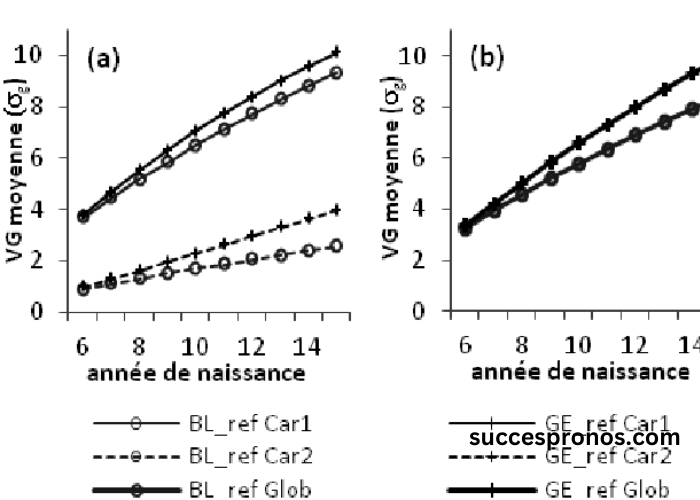
In the realm of turf betting, mastering effective strategies is crucial for success. One such strategy that has gained traction among punters is the Écart 10 12 method. This approach involves analyzing the gaps or intervals between a horse’s recent performances, specifically focusing on those with an interval of 10 to 12 races. In this guide, we delve into the intricacies of the Écart 10 12 strategy, exploring its significance, implementation, and potential for enhancing your turf betting experience.
Understanding the Écart 10 12 Strategy: A Unique Approach to Turf Betting
The Écart 10 12 strategy is based on the premise that horses may exhibit improved performance after a certain number of races. Specifically, punters focus on horses whose last victory or notable performance occurred 10 to 12 races ago. By identifying horses within this interval, punters aim to capitalize on potential patterns or trends that may indicate a higher likelihood of success in upcoming races.
Significance of Identifying Patterns: Leveraging Historical Data
Central to the Écart 10 12 strategy is the analysis of historical data and performance patterns. Punters examine the racing history of horses to identify instances where there is a gap of 10 to 12 races since their last significant performance. This analysis allows punters to pinpoint horses that may be due for a resurgence or peak performance based on past trends and intervals.
Analyzing Horse Form: Evaluating Performance Trends
Effective implementation of the Écart 10 12 strategy requires a thorough analysis of horse form. Punters assess factors such as recent race results, finishing positions, and performance metrics to gauge the current form of horses within the target interval. By evaluating performance trends, punters can identify horses that have demonstrated consistency or shown signs of improvement leading up to the target race.
Evaluating Track Conditions: Factoring in Environmental Variables
Track conditions play a significant role in horse racing and can influence the success of the Écart 10 12 strategy. Punters consider variables such as track surface, weather conditions, and course characteristics when assessing the suitability of horses for a given race. By factoring in track conditions, punters can refine their selections and increase the accuracy of their predictions when applying the Écart 10 12 strategy.
Jockey and Trainer Analysis: Assessing Influential Factors
The influence of jockeys and trainers cannot be overlooked when implementing the Écart 10 12 strategy. Punters evaluate the track record and performance history of jockey-trainer combinations to assess their impact on horse performance. Additionally, punters consider factors such as jockey riding style, trainer tactics, and stable form when making their selections based on the Écart 10 12 strategy.
Understanding Market Dynamics: Navigating Betting Markets
Successful implementation of the Écart 10 12 strategy requires an understanding of market dynamics and betting trends. Punters monitor betting markets to identify patterns, fluctuations in odds, and market sentiment surrounding horses within the target interval. By staying informed about market dynamics, punters can anticipate shifts in betting patterns and capitalize on favorable odds when applying the Écart 10 12 strategy.
Risk Management Strategies: Mitigating Potential Losses
As with any betting strategy, risk management is essential when employing the Écart 10 12 method. Punters establish clear staking plans, set betting limits, and adhere to disciplined bankroll management principles to mitigate potential losses. By implementing effective risk management strategies, punters can safeguard their funds and minimize the impact of unsuccessful bets while utilizing the Écart 10 12 strategy.
Incorporating Statistical Analysis: Leveraging Data-driven Insights
Statistical analysis plays a vital role in refining the Écart 10 12 strategy and enhancing its effectiveness. Punters utilize data-driven insights, performance metrics, and statistical models to identify trends and patterns among horses within the target interval. By incorporating statistical analysis, punters can make more informed decisions and increase the accuracy of their selections when applying the Écart 10 12 strategy.
Continuous Monitoring and Adjustment: Adapting to Changing Conditions
Flexibility and adaptability are key principles when employing the Écart 10 12 strategy. Punters continuously monitor racing conditions, form fluctuations, and other variables that may impact the success of their selections. By remaining vigilant and adaptable, punters can adjust their strategies in real-time and optimize their chances of success when implementing the Écart 10 12 method.
Conclusion:
The Écart 10 12 strategy offers punters a unique and systematic approach to turf betting, leveraging historical data and performance patterns to identify potential winners. By understanding the significance of identifying patterns, analyzing horse form, evaluating track conditions, and incorporating statistical analysis, punters can maximize their potential for success when employing the Écart 10 12 strategy. However, it’s crucial to remember that no betting strategy guarantees success, and punters should exercise caution, diligence, and responsible gambling practices when implementing the Écart 10 12 method in their turf betting endeavors.